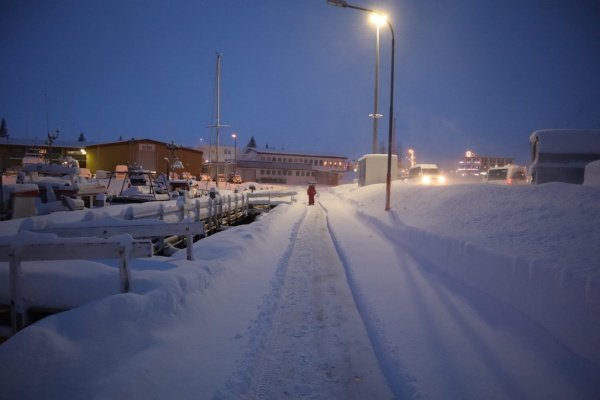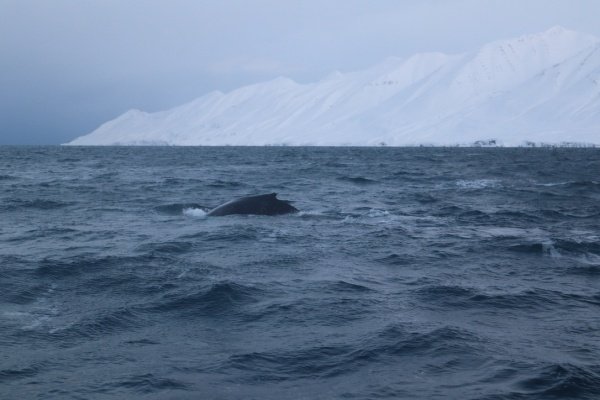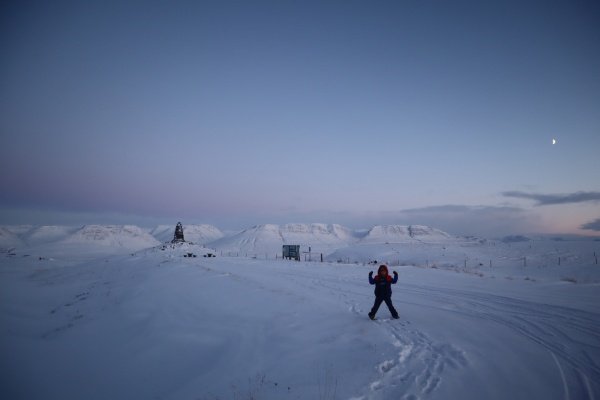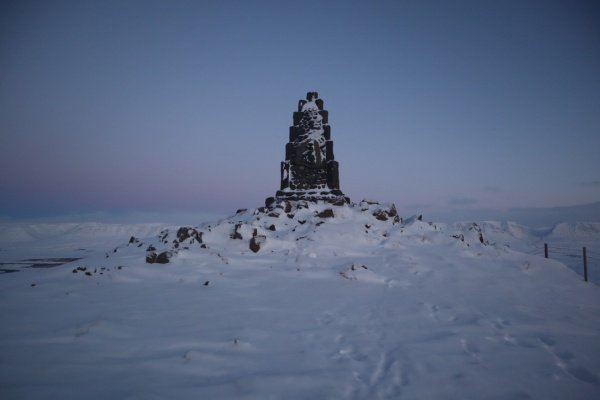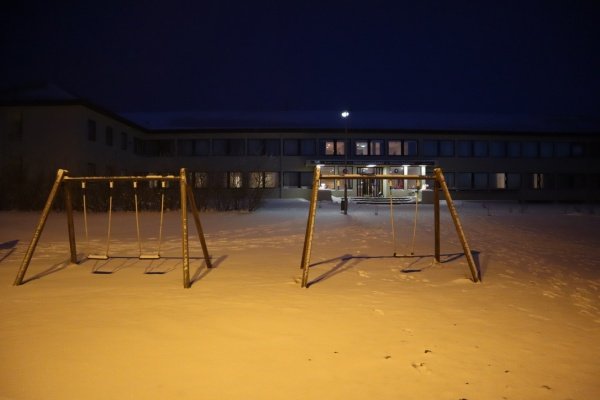Icelandic Winter Chronicles: Part 6 – Into the Arctic Circle and Skagafjörður’s Valle
With our original plan to complete a full circle around Iceland postponed due to road closures in the east and the south, we decided to head back west. Leaving Akureyri around 5 a.m., we set off toward Dalvík, a small fishing town of fewer than 1,500 residents.
Dalvík serves as a gateway to the Arctic Circle via the ferry to Grímsey Island, a small Icelandic island about 40 kilometers (25 miles) off the coast. Grímsey is the only part of Iceland within the Arctic Circle and is famous for its seabirds—puffins and Arctic terns among them. If you’re American, you’ve likely seen puffins before on cereal boxes at the grocery store. Though puffins leave in winter, summer visitors can spot these 'clowns of the sea' with their bright orange beaks and black-and-white feathers. For now, however, we were here to spot whales, hoping to experience the Arctic Circle in Iceland’s winter.
We booked Arctic Adventure’s whale watching tour for ISK 19,980, and children were free! Bundled up in full-body Antarctic suits, we braved the biting cold as we watched a few humpback whales gracefully circle our boat. It was too frigid to take many photos, but the experience was unforgettable—the icy waves, the whales, and the sense of vast, untouched wilderness.
After Dalvík, we began the drive back toward the northwest. The mountains in Skagafjörður offered one of the most stunning scenes of our trip, with a complete, otherworldly silence surrounding the snow-covered peaks. This summit felt like the opposite of Times Square, offering absolute peace and a sense of vastness that made the world feel beautifully unconquerable yet welcoming.
By late afternoon, we arrived at Hotel Laugarbakki in Laugarbakki, a quiet village roughly halfway between Akureyri and Húsafell. With cloudy skies overhead, we couldn’t be sure of tomorrow’s weather, but we were hoping for a clear view of the northern lights at Húsafell—if the sky would be so kind as to clear.

